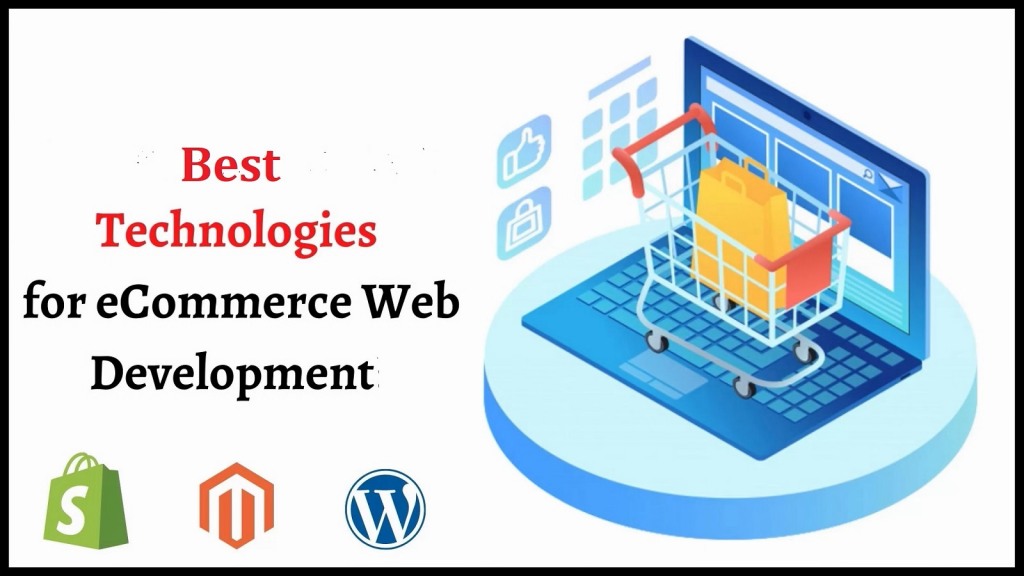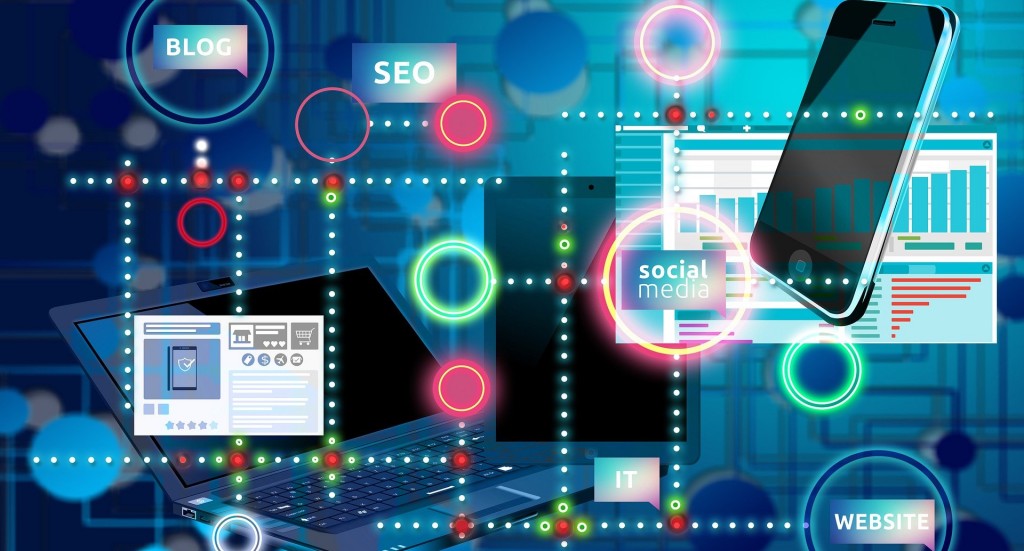The E-commerce sector has taken the internet by storm in the past decade. It has been one of the most lucrative and fastest-growing industries globally. Many businesses have shifted their focus to eCommerce to tap into this vast market.
In 2021 the global e-commerce market revenue amounted to $4.9 trillion US dollars. Now, it’s all set to reach $5.5 US dollars by the end of 2022. So, it would not be wrong to say that e-commerce has become a trillion-dollar industry.

Businesses planning to foray into eCommerce must have a well-designed website. A good eCommerce website must be user-friendly, visually appealing, and have a smooth checkout process. It requires the right mix of tech stacks.
All eCommerce websites have a few basic features such as a product catalog, shopping cart, payment gateway, etc. There are different technologies required to develop these features. In this write-up, we will discuss the various technologies used for eCommerce web development.
So, let’s get started.
What Is A Tech Stack?
A tech stack is a set of web programming languages, frameworks, libraries, and tools to develop a software application. A typical tech stack for eCommerce web development includes front-end technologies, back-end technologies, databases, cloud services, and DevOps tools.
These tech tools and platforms layer upon each other to develop a complete software application. They all work together to provide a great user experience.
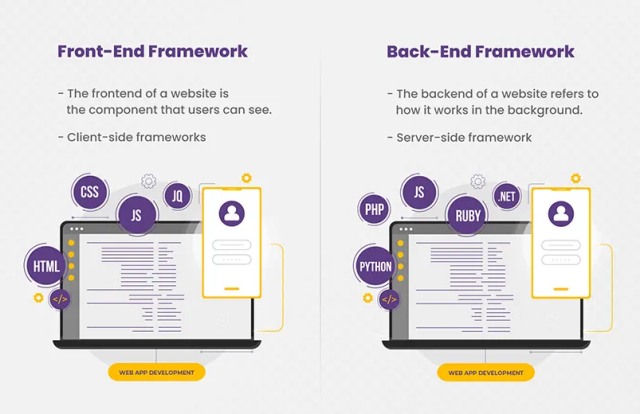
This tech ecosystem primarily comprises-
- Front-End Technologies [client-facing]
- Back-End Technologies [server-facing]
Front-End Technologies
1. HTML
HTML or Hypertext Markup Language for structuring and presenting content on the web. It is the foundation of every website. All eCommerce websites use HTML to define the skeletal structure of their web pages.
2. CSS
CSS or Cascading Style Sheets is used for styling HTML content. CSS makes websites more visually appealing and user-friendly. It adds colors, fonts, layouts, etc., to the HTML structure.
3. JavaScript
JavaScript is a programming language used to add interactivity to web pages. It creates dynamic content, animations, games, and other interactive elements. Many popular frameworks and libraries are built on top of JavaScript, such as ReactJS, AngularJS, VueJS, etc.
Backend Technologies
The backend is the server-side of an application. It is responsible for storing and organizing data, powering the front-end, and handling all the business logic. There are many different backend technologies used for e-commerce web development such as
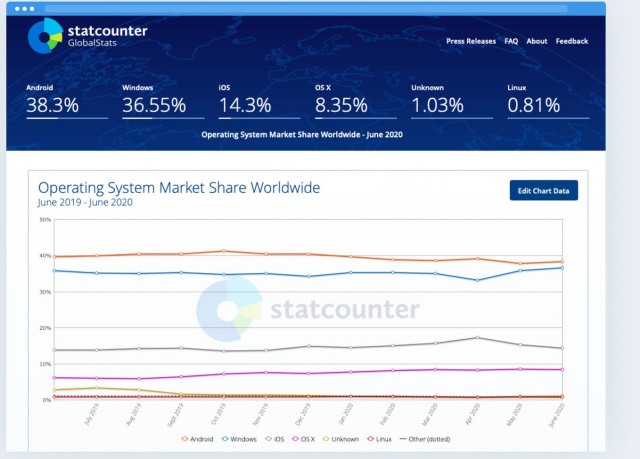
Operating Systems
- Linux: It is one of the most popular open-source operating systems. It is used by many eCommerce platforms such as Magento, Shopify, etc.
- Windows: It is a proprietary operating system developed by Microsoft. Many popular eCommerce platforms, such as WooCommerce, and PrestaShop, run on Windows.
Web Servers
- Apache: Apache is a free and open-source web server. It is one of the most popular web servers used today.
- NGINX: NGINX is a high-performance web server. It is known for its speed and reliability.
- IIS – IIS or Internet Information Services is a web server developed by Microsoft.
Databases
- MySQL: MySQL is a popular open-source relational database management system.
- PostgreSQL – PostgreSQL is a powerful, open-source object-relational database system.
- MongoDB – MongoDB is a popular NoSQL database.
- Microsoft SQL Server – Microsoft SQL Server is a proprietary relational database management system developed by Microsoft.
Storage Solutions
- Amazon Simple Storage Service (S3) – Amazon S3 is a popular cloud storage service Amazon Web Services provides.
- Microsoft Azure Blob Storage: Microsoft Azure Blob Storage is a cloud storage service provided by Microsoft Azure.
- Other cloud storage as a digital ocean, vultr, google cloud storage, etc.
Programming Language
The programming language writes the code that powers an application. Many different programming languages are used for eCommerce web development, such as PHP, Java, Python, etc.
- PHP – PHP is a popular scripting language used for developing dynamic websites and web applications. It runs some of the most popular eCommerce platforms, such as Magento, WooCommerce, and PrestaShop.
- Java: Java is a versatile and powerful programming language. It is used in many large-scale enterprise applications.
- Python: Python is a widely used high-level interpreted language. It is known for its ease of use and readability.
.NET – .NET is a web application framework that helps you build dynamic websites, web applications, and services.
Cloud Services
The cloud service is a network of remote servers used to store and manage data. Cloud computing is becoming increasingly popular in the eCommerce industry.
- Amazon Web Services (AWS) – Amazon Web Services is a comprehensive cloud computing platform provided by Amazon. It offers a wide range of services such as storage, computing, networking, databases, etc.
- Microsoft Azure: Microsoft Azure is a cloud computing platform provided by Microsoft. It also has the same services as AWS, such as storage, databases, networking, etc. They only differ in the pricing and features.
- Google Cloud Platform: Google Cloud Platform is a cloud computing platform provided by Google. The platform includes a range of hosted services for computing, storage, and networking.
Top Tried & Tested Tech Stacks frameworks
Now, let’s take a look at these tech stacks in detail.
1. MEAN Stack
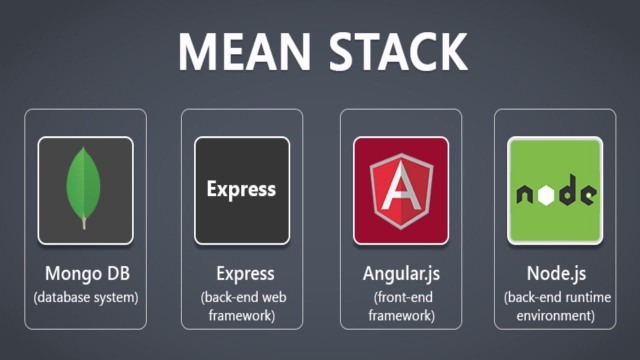
MEAN is an acronym for MongoDB, Express.js, AngularJS, and Node.js. It is a full-stack JavaScript framework that can develop dynamic and responsive eCommerce websites.
- MongoDB is a robust NoSQL database that stores data in JSON-like documents. It is easy to scale and offers high performance.
- Express.js is a web application framework that runs on the server-side. It helps manage the routes and simplifies the process of creating APIs.
- AngularJS is a front-end framework that helps in creating single-page applications. It is a Model View Controller (MVC) framework.
- Node.js is our JavaScript runtime environment, which runs on the server-side. It develops fast and scalable eCommerce websites.
2. LAMP Stack

LAMP is an acronym for Linux, Apache, MySQL, and PHP. It is one of the most popular tech stacks used by developers and developer communities.
- Linux is an open-source operating system that offers high security and stability.
- Apache is a website server that runs on the server.
- MySQL is a relational database management system (RDBMS) that stores data in tables.
- PHP is a scripting language that develops dynamic web pages.
3. MERN Stack
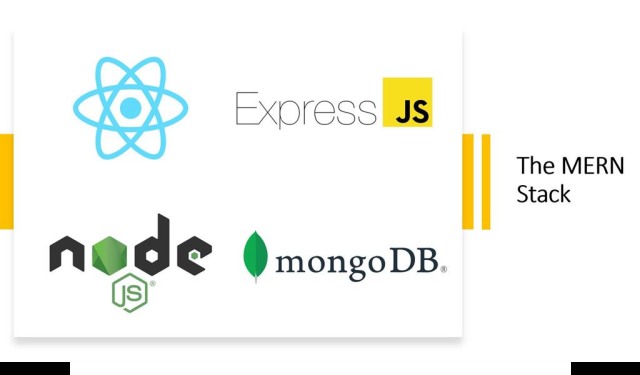
MERN is an acronym for MongoDB, Express.js, ReactJS, and Node.js. It is a JavaScript-based tech stack used for building scalable eCommerce websites.
- MongoDB is a robust NoSQL database.
- Express.js is a web app framework that helps manage the routes and simplifies the process of creating APIs.
- ReactJS is a front-end JavaScript library used for developing user interfaces (UIs).
- Node.js is a runtime environment of JavaScript, that helps in developing fast and scalable eCommerce websites.
4. Python-Django
Django is a Python-based full-stack web development framework. It offers robust security to back-end data and quickly helps web developers build feature-rich web applications.
- Object Relational Mapper (ORM) – Django’s ORM layer helps map the database objects to the Python objects.
- Model View Controller (MVC) Architecture: Django follows the MVC architecture, making the code more organized and easier to maintain.
- Template Engine: Django has its template engine, which helps create HTML templates.
- Forms: Django offers an inbuilt Forms library, which simplifies creating and validating web forms.
- Security: Django provides tools to help developers secure their web applications from common security threats.
- Unit Testing: Django comes with its unit testing framework, making it easier to test the code.
5. Ruby on Rails
Ruby on Rails is a Model View Controller (MVC) framework written in the Ruby programming language. It helps developers build feature-rich web applications quickly.
- Convention over Configuration: This principle helps reduce the amount of boilerplate code that needs to be written.
- DRY Principle: The DRY (Don’t Repeat Yourself) principle helps keep the code DRY and reduces code duplication.
- ActiveRecord: ActiveRecord is an ORM (Object Relational Mapper) library that helps map the database objects to the Ruby objects.
- Action Pack: Action Pack is a Rails framework that helps handle the controller and the view logic.
- Asset Pipeline: The asset pipeline helps manage the static assets of the web application.
6. .NET Stack
.NET is a Microsoft framework used for developing web applications, mobile apps, desktop apps, and gaming apps.
- ASP.NET – ASP.NET is a web application framework that helps build dynamic web pages.
- C# – C# is a programming language used for developing desktop applications, mobile apps, and gaming apps.
- F# – F# is a functional programming language used for developing scientific and financial applications.
- .NET Core – .NET Core is a cross-platform version of the .NET framework that can develop web applications, mobile apps, and gaming apps.
Conclusion
There is a wide range of tech stacks available for eCommerce web development. The most popular ones include the LAMP stack, the MERN stack, and the .NET stack. Each of these stacks has its strengths and weaknesses.
Whichever technology you choose, make sure it can meet the specific needs of your project. You can also consult with an eCommerce web development company to get expert advice on which tech stack is right for you.
